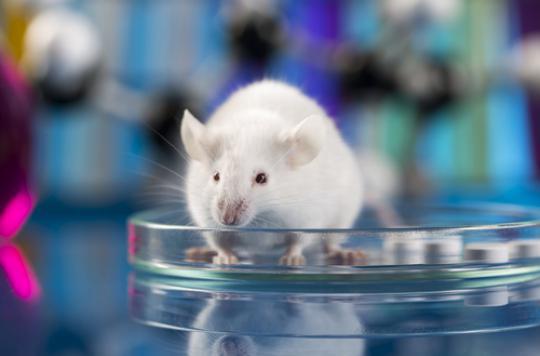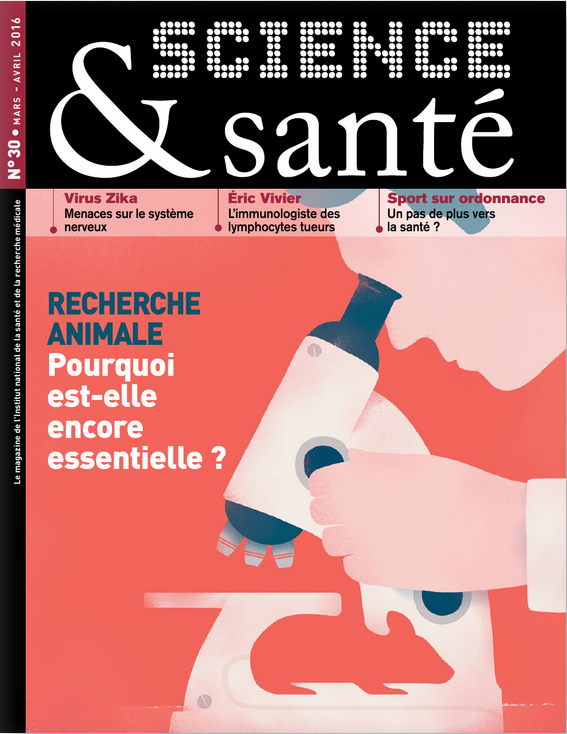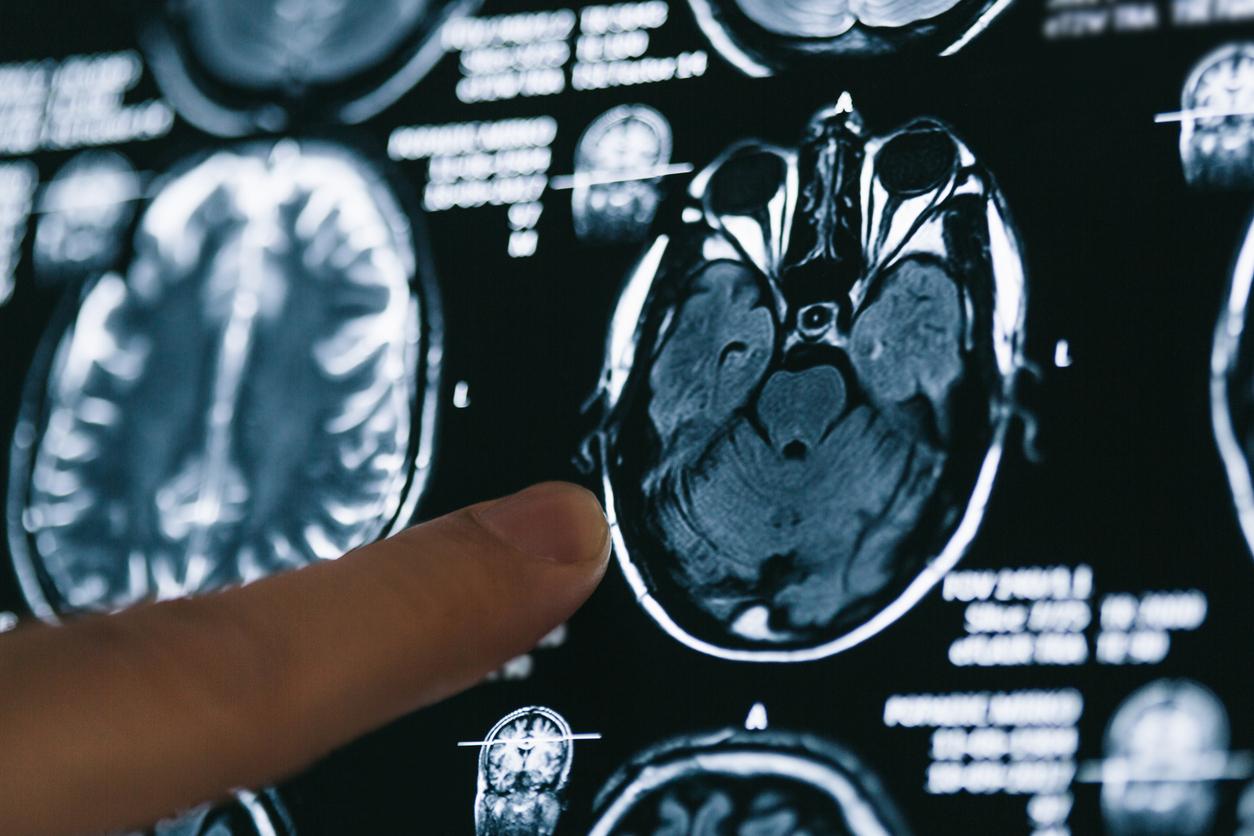Accommodation, scientific protocol, health monitoring, the European directive on animal experimentation leaves no room for guesswork. A legal framework based on the 3 R rule: Reduce, Refine, Replace.

 |
File produced in partnership with Science & Health the magazine |
In 2010, the European Union adopted a new directive (2010/63 / EU) aimed at better supervising and protecting animals used for experimental and educational purposes; a directive transposed into French law on 1er February 2013. This applies to all non-human vertebrates and cephalopods such as octopuses, squids, cuttlefish. Since then, any scientific project using animals must be authorized by the Ministry of Research and meet, in spirit, the 3 R rule – Reduce, Refine, Replace – developed in 1959.
By “Reduce”, we mean using fewer animals, which means limiting yourself to essential experiments, and choosing the right model and the right number of animals. “To choose the most relevant model, researchers can rely in particular on the Network for Functional Studies in Model Organisms (Efor network),” says Brigitte Rault, veterinarian and head of the Bureau of Animal Experimentation (BEA) of Inserm. Concerning the number of animals, it is a question of defining the minimum threshold which will make it possible to obtain interpretable results. A rule to which all researchers adhere because, as Thierry Galli, director of the Aviesan multi-organism thematic institute, Cell biology, development and evolution, emphasizes: “Animal experiments are often complex to implement, long and expensive ”.
Practices similar to those in the hospital
“Refining” aims to reduce animal discomfort as much as possible throughout its life, including when it is essential to euthanize it. “Accommodation must therefore be as respectful as possible of their well-being”, explains Ivan Balansard, veterinarian and manager of the Center for Functional Exploration and Training in Primatology (CE2F-PRIM) in Marseille and in charge of the office. CNRS animal experimentation. Regarding manipulations, scientists highlight the progress made in recent years. Emphasis is placed on non-invasive analysis methods such as “scanner-type imaging which is painless and allows animals to be followed over time”, emphasizes Roger Le Grand, director of the Immunology of Viral Infections and Autoimmune Diseases Department at CEA Fontenay-aux-Roses. In addition, “in the event of surgery, the operating room, anesthesia, pain management, prevention of infections, are similar to the practices of a hospital”, adds Ivan Balansard. Finally, the animals benefit from daily monitoring which helps to monitor, in particular, stress and pain. Refining therefore implies constraints, but here again, the approach is accepted by all in particular because “the results obtained will not be scientifically exploitable if the animals are not well taken care of, insists Brigitte Rault. In other words, ethics go hand in hand with good science. “
Host families for “retired” animals
However, even if animal welfare is improving, scientists ultimately want to “replace” this type of experimentation, the latest branch of the 3R rule. In this area, the most significant advance is high throughput screening, a so-called in vitro which consists of testing a large number of compounds on cells. In France, according to Gircor, these screenings have made it possible to reduce the use of animals – mainly mice and rats – by around 40% since the 1990s. Moreover, today, the methods in silico, which involve mathematical modeling and computer science, are developing. However, “a cell does not replace the complexity of a complete organism and in silico is not yet sufficiently successful and probably never will be, as it is based on experimental data which are essentially unpredictable”, insists on relativizing Thierry Galli. In fact, as Brigitte Rault recognizes: “Replacing is very difficult in a number of studies”.
Finally, alongside this very old 3R rule, a fourth R has been introduced in recent years: Rehabilitation, in a way the retirement of these animals. There is no legal obligation to find them a structure or a host family, nor to release them. However, the law specifies that this can be authorized “if the state of health of the animal allows it” and “if there is no danger to public health, animal health and the environment”. This makes it possible to frame an approach in which many teams are involved, in particular through two associations. Association White Rabbit places rabbits in foster families while Le Groupement de Réflexion et d’Action pour L’Animal (Grail) acts as the link between research organizations and reception structures for all kinds of species.
Reduce, Refine, Replace and Rehabilitate remains difficult to implement. However, no one questions these objectives, especially since the majority of scientists did not wait for the new law to change their practices.
Françoise Dupuy Maury
Science & Santé, the Inserm magazine
.

















